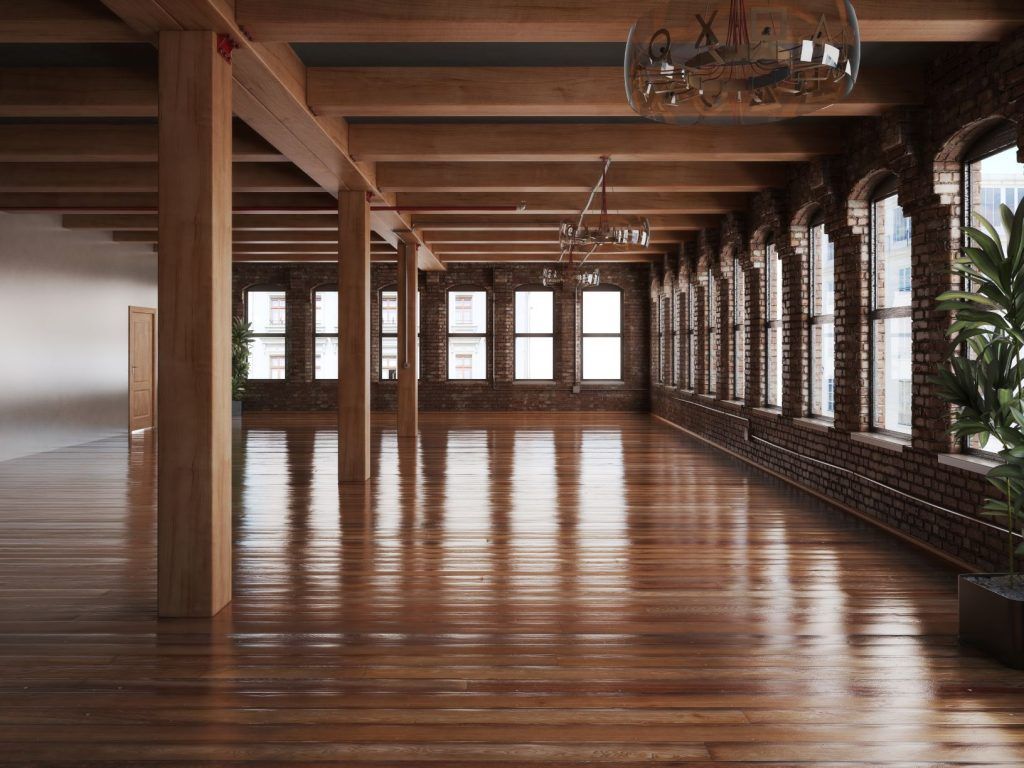Interested in building an outdoor patio, a timber retaining wall that will stand the test of time, or some durable hardwoods for a furniture piece your crafting but aren’t sure what timber will work best for your project? When choosing the right wood for your project, it’s best to choose from timber that is fit for use. That’s where timber durability and the hazard grades of pressure treated wood come in.
At Versace Timbers, we carry a wide range of softwood and hardwood timber products suitable for almost any application. If you’re unsure of what you need for a specific project continue reading below or call our friendly team today on (07) 3266 9000 who can help with all your wood durability needs.
Timber Durability
In a fully protected environment (indoors, free from moisture and protected from insect attack) most woods will last 50+ years; However, when used outdoors in above and in-ground settings, a timber’s natural durability rating can provide an indication of its expected lifespan.
Timber durability refers to the natural durability of a specific wood and falls into four levels or ‘durability classes’.
https://www.business.qld.gov.au/industries/farms-fishing-forestry/forests-wood/properties-timbers
Class 1
Class 1 durability timber is the highest level of natural durability a species of wood can have. In above-ground settings, it is expected to last more than 40 years, and in-ground it has an average life expectancy of more than 25 years. Popular Class 1 wood includes Blackbutt (dura 2 in ground), Ironbark, Spotted Gum (dura 2 in ground), and Forest Red Gum.
Class 2
Class 2 durability timber has an average life expectancy outdoors, above-ground of 15 to 40 years, and in-ground of 15 to 25 years. Popular Class 2 wood includes Blue Gum (Eucalyptus tereticornis – commanly known as Forest Red Gum or Blue Gum), Jarrah.
Class 3
Class 3 durability timber has an average life expectancy outdoors, above-ground of 7 to 15 years, and in-ground of 5 to 15 years. Popular Class 3 wood includes Stringybank, Kwila/Merbau (in-ground), Western Red Cedar (dura 2), Victorian Ash (dura 4 in ground), Tasmanian Oak (dura 4 in ground).
Class 4
Class 4 timbers have the lowest natural durability grade and are expected to last outdoors in an above-ground setting of 0 to 7 years, and in-ground of between 0 and 5 years. Some Class 4 wood includes Meranti, and most species of softwoods such as Radiata Pine, and Hoop Pine.
While a wood durability class is useful when determining the approximate lifespan of a particular type of wood in both indoor and outdoor settings, the performance and life expectancy will vary based on several factors including:
- Whether the wood has been treated to a minimum hazard grade (more on this later)
- Whether the wood is used in-ground or above-ground.
- How the wood was milled and manufactured
- Additional protection and maintenance
- Climate and environmental considerations
It’s also important to note two key points when it comes to timber durability:
- A species of wood can have different durability for in-ground and above-ground settings due to the nature of the wood. A prime example of this is Merbau; Merbau is rated as a Class 1 hardwood for outside above-ground settings, but a Class 3 hardwood when used in in-ground settings.
- The expected lifespan of different durability classes can be improved and extended through different forms of treatment. As such Class 4 softwoods such as Radiata and Hoop Pine, while not recommended in outdoor settings in their natural state, through the process of pressure treatment, are a highly durable and long-lasting choice for a wide range of applications.
Hazard Grades of Pressure Treated Wood
When it comes to the hazard grades of pressure treated wood, there are many types of pressure treatment options as well as different hazard grades available on the market. The hazard grades represent the minimum levels of preservative treatment required when combined with the natural wood durability of a specific wood to protect against biological hazards in a wood’s intended setting.
Hazard grade coding is roughly split into a 6-point grading scale, with H1 having the lowest minimum level of treatment, and H6 having the highest minimum level of treatment. (H6 grading is available but is intended for marine applications). Let’s look at each level a little closer.
H1 Treatment
When wood is treated to an H1 level, it is required to be protected from attack from a range of insects except for termites. H1 treated lumber is recommended for use above-ground in well-ventilated areas not exposed to weather and wetting. Examples include timber designated for interior use such as furniture, framing and the like.
H2 Treatment
Wood that has been treated to a minimum H2 level is protected from insect attack including termites. H2 timber is still intended to be used in above-ground, well-ventilated areas that are not exposed to weather and wetting and is ideal for residential and light commercial projects including interior framing and trusses.
H3 Treatment
Timber treated to a minimum H3 treatment level is protected against insects, termites, and moderate decay and is suitable for outdoor applications exposed to periodic wetting (where the timber can dry out). H3 timber durability offers long-term protection in applications such as windows and doors, handrails, pergolas, picnic tables, and more.
H4 Treatment
Timber that has been treated to a minimum H4 level is protected against insects, termites, and severe decay. It is suitable to be used in applications where it is in contact with the ground and is exposed to continuous moisture. Typical applications of H4 treated timber include pergola posts and landscaping timbers.
H5 Treatment
H5 treatment is offers the highest levels of protection against insects, termites, and very severe decay. It is ideal for situations where the timber is in contact with the ground or fresh water. H5 treated timber is ideal for retaining walls, piling, house stumps, and other landscaping applications.
H6 Treatment
- appropriate for use where the wood is in prolonged contact with sea water
- designed to reduce the likelihood of attack by marine borer and very severe decay.
*When it comes to hazard grading it’s important to bear in mind that not all hardwoods and some softwoods can be treated to every hazard level. In some cases, preservatives will not be able to penetrate the heartwood of the timber resulting in the timber not achieving the minimum specifications required to attach the classification.
The Right Wood for Your Project
Whether you’re new to working with wood, or a seasoned carpenter, understanding wood durability and the different hazard grades of pressure treated wood is vital to the lifespan of a given wood in its intended setting. Choosing the right durability and hazard grading the first-time round can save you time and money in the long run.
If you like to learn more about timber durability, or need help choosing the right wood for your project, get in touch with our timber wholesalers Brisbane team today for all of your wood and lumber needs.

